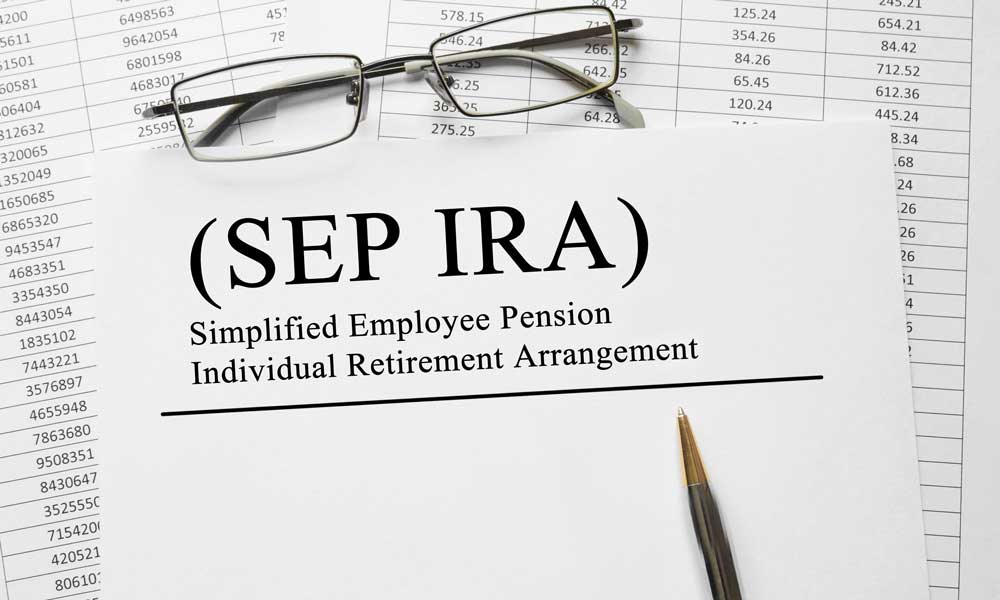Retirement saving plans are tricky to deal with, as most of the people are not really knowledgeable about the details of each retirement saving option. Some people make bad choices due to the lack of information, which may affect them in the future, after retirement, to be precise. Among the majority of people, there’s a constantly popping question related to the retirement saving options, which is whether they can have a 401k plan and a SEP IRA simultaneously. The answer can be yes, but there are a few more things related, which you should know:
401k and SEP IRA: Many people are familiar with the concept of 401k since it’s one of the most preferred plans by private-sector employers. A 401k allows employees to have money withheld from their salary, and eventually invested for retirement on the basis of a tax-deferred manner. Only an employer is allowed to sponsor a 401k for their employees.
It is totally up to you to participate in the 401k, and in case you decide to, it is again you who decides how much you will contribute each pay period. If you earn $750 each pay period and choose to defer 5% of your pay, $37.50 is taken out of your paycheck and placed in the 401k plan. These contributions are deducted from your salary on a pre-tax basis. This means that by contributing to a 401k, you actually lower the amount you pay in current income taxes. For example, instead of being taxed on the full $750 per pay period, you are only taxed on $712.50 ($750 minus your 401k contribution of $37.50 equals $712.50). You don’t owe income taxes on the money contributed until you withdraw it from the plan.
Note: A 401k is a retirement plan, not a savings account. Money placed in a 401k is not easy to access in an emergency. Some plans allow loans and hardship withdrawals, but the rules governing them are restrictive.

There are two main types corresponding to the same distinction in an Individual Retirement Account (IRA); variously referred to as traditional vs. Roth, or tax-deferred vs. tax-exempt, or EET vs. TEE. For both types profits in the account are never taxed.
SEP (Simplified Employee Pension) IRA accounts are usually preferred by self-employed individuals along with small business firms. Employers may make tax-deductible contributions on behalf of eligible employees to their SEP IRAs.
SEPs are advantageous because they are easy to set up, have low administrative costs, and allow an employer to determine how much to contribute each year.
SEP IRAs are tax-deferred accounts and have the same investment options as traditional IRAs.SEP IRAs also have higher annual contribution limits than standard IRAs. One big advantage of a SEP IRA is the amount that can be contributed annually. As of 2020 contributions cannot exceed the lesser of 25% of the employee’s compensation for the year or $57,000. (The limit on compensation that can be used to calculate the contribution is $285,000.)
Contribution limits directly associated with employment situations: If you’re an employee who has both SEP IRA and 401k from your employer, $19,500 is the deferral contribution limit for your 401k and $57,000 is the limit for the combined total of both accounts. In case of being self-employed, you have the ability to open a solo SEP IRA and 401k, $57,000 is the total limit.
Basically, this process can be a little complicated for a commoner, which is why it’s much better to consult with an appropriate financial professional, and they can suggest the best retirement options for YOU.
